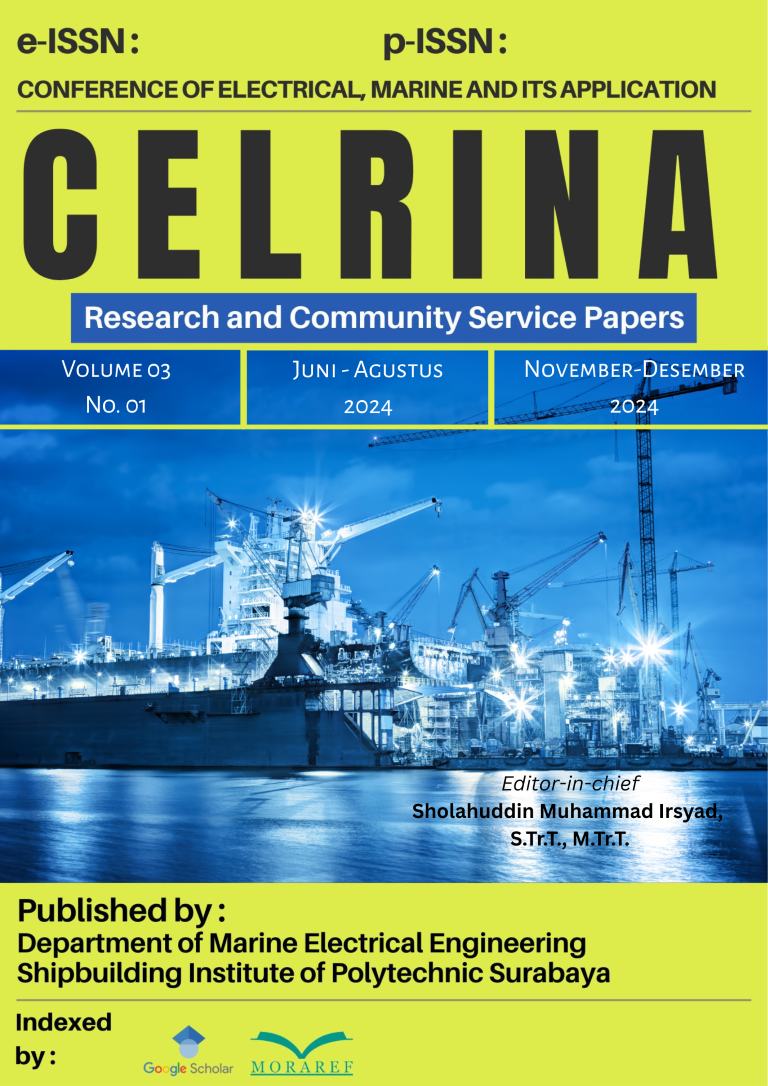Analysis of Thyristor Usage in Controlled Half-Wave Rectifiers on DC Motor Speed Control
Keywords:
Motor DC, PSIM, ThyristorAbstract
Speed control of a motor can be achieved in several ways, one of which is by varying the armature voltage (Vt) supplied to the motor. A DC motor operates with the aid of a rectifier circuit to convert AC signals into DC. The controlled half-wave rectifier circuit is one of the simplest forms of rectifier circuits, as it requires fewer components and provides an adjustable output voltage through changes in the firing angle of the thyristor. This makes the circuit suitable for controlling the speed of a DC motor. A simulation in PSIM software was selected to investigate the relationship between the thyristor firing angle in the controlled half-wave rectifier circuit and the speed of a series DC motor. The simulation was conducted by varying the thyristor firing angle at 0°, 15°, 30°, 45°, 60°, 90°, 120°, and 150° to observe the effects on the speed of the series DC motor. Additionally, different torque loads, including 0 Nm, 0.5 Nm, and 1 Nm, were applied to assess the impact on motor speed. The results showed that increasing the thyristor firing angle leads to a decrease in motor speed due to the reduction in armature voltage. Similarly, higher torque loads resulted in lower motor speed. Motor speed increased with higher source voltage and firing angle if a full-wave rectifier was used, as it provides a higher output voltage compared to a half-wave rectifier.




